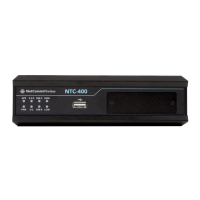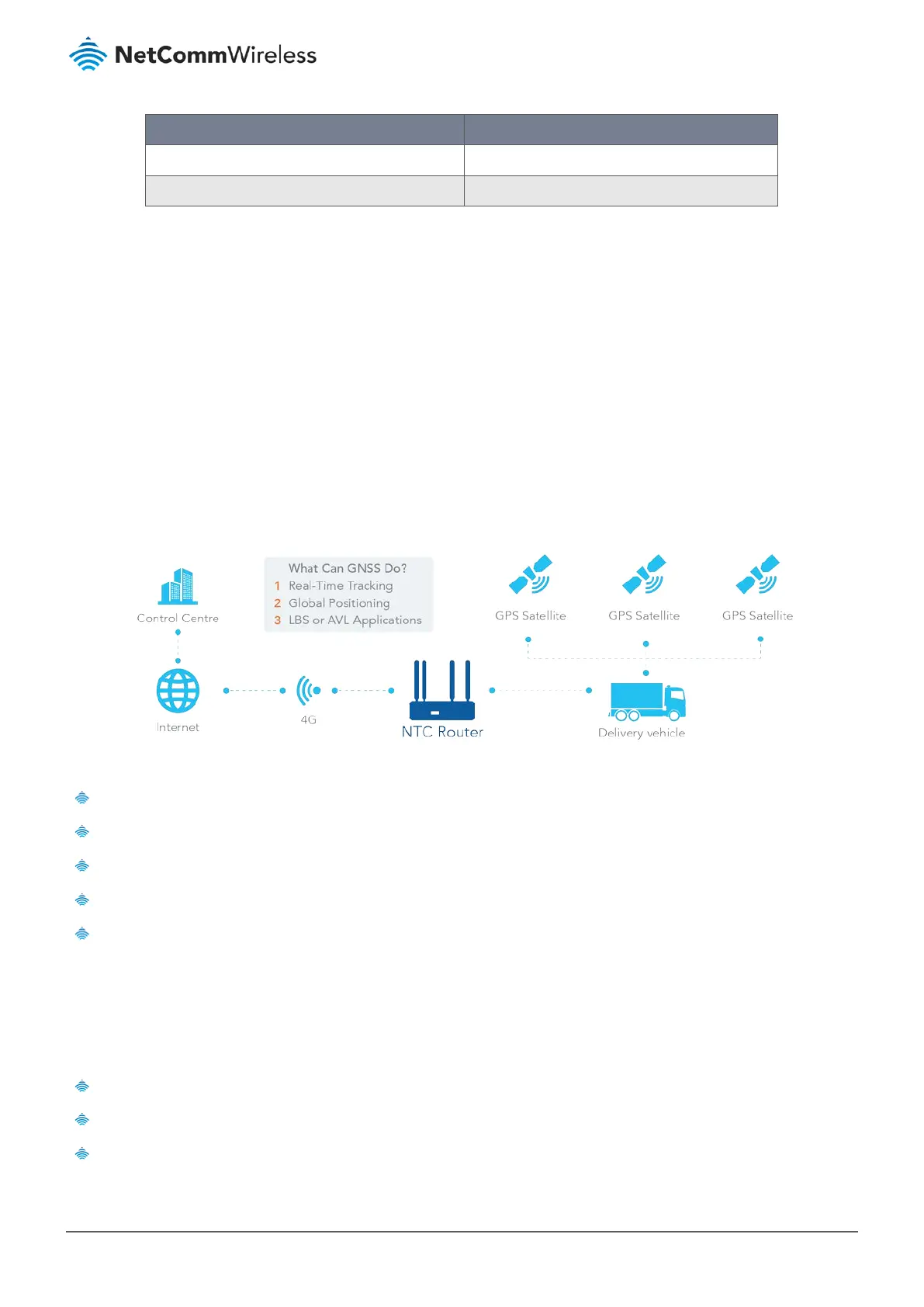SBAS Area Coverage
GAGAN India
MSAS Japan
Table 246 – Satellite-Based Augmentation Systems (SBAS)
Position applications are widely-used by a variety of industrial applications, including Location-Based Services (LBS),
Automatic Vehicle Location (AVL), Fleet Management, or assets tracking. However, in most cases, GNSS is a one-way
communication. That means GNSS-compatible devices can only locate their location by receiving a GNSS signal, but they
can’t forward their location data to any other identity through the GNSS system. Because of this limitation of the GNSS
system, devices usually need to equip other technology to transmit their location data to back-end servers for tracking or
further analysis. Furthermore, as the position applications are more applied on moving objects, a kind of wireless technology
would be more suitable to be adopted to transmit location data. Nowadays, thanks to the popularity and wide coverage of
cellular technology (GSM, 3G, 4G/LTE), transmitting location data to a remote centre in real time is no longer a hurdle. In
addition, the data format of the location data is NMEA 0183 compatible, so the back-end server will be able to interpret the
collected location data.
The diagram below illustrates the main features of the GNSS function.
Figure 394 – GNSS
Retrieve GNSS data from satellites and send to a remote operation centre periodically or save in local storage.
Global positioning with multiple GNSS systems, including GPS, and optional for GLONASS, Galileo, or BeiDou.
Mandatory for varieties of LBS (Location-Based Service) applications, such as advertisements, emergency calls.
Easy integration with AVL (Automatic Vehicle Location) applications, for managing fleets of service vehicles.
Other value-added applications, such as asset tracking, electronic toll collection, intelligent transport systems.
8.3.1 GNSS
On the GNSS configuration page, you can configure those functions that are mentioned above.
The configuration steps include following items.
Activate GNSS feature in gateway and finish settings of cellular WAN.
Support NMEA 0183 (compatible to 3.0) protocol, and allow customized prefix and suffix.
Configurable GPS data logging on local microSD card storage for route record tracking.

